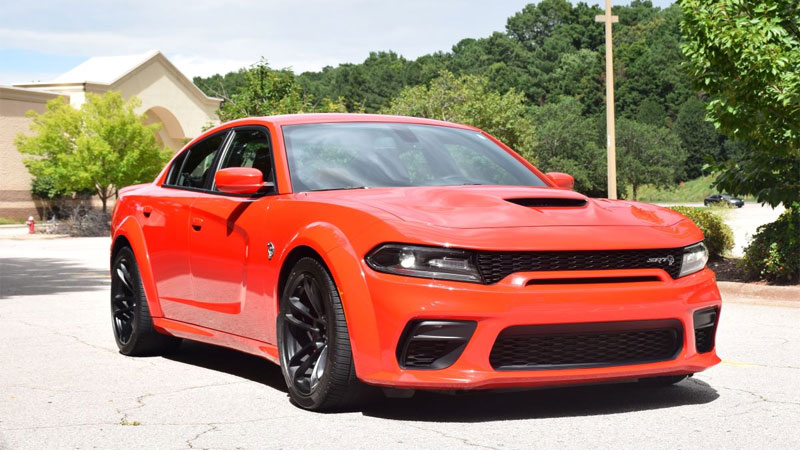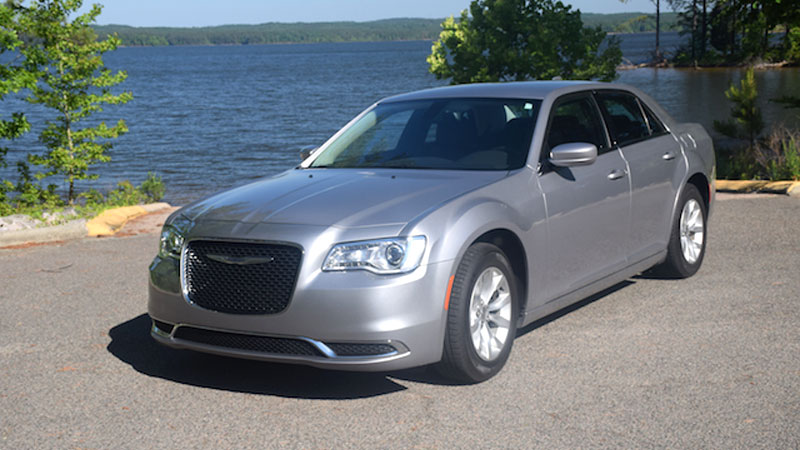What’s the Future for Chrysler and Dodge Under Stellantis?
Stellantis is here, which represents the new name for the newly merged Fiat Chrysler – PSA Groupe entity. Headquartered in the Netherlands, with regional headquarters in Michigan, Italy, and France, this automaker controls 14 brands. That’s two more than the Volkswagen Group, which previously had the largest portfolio. Although just … Read more



